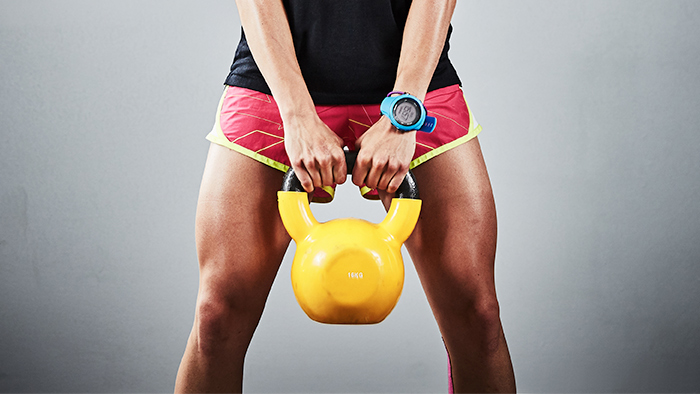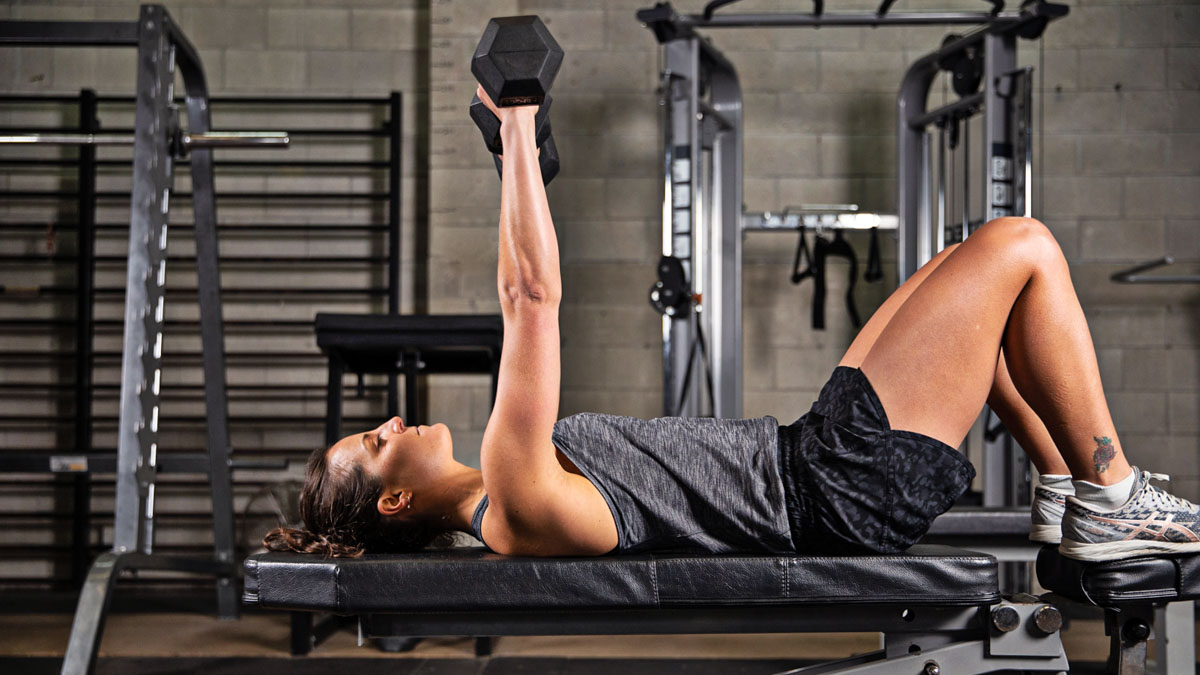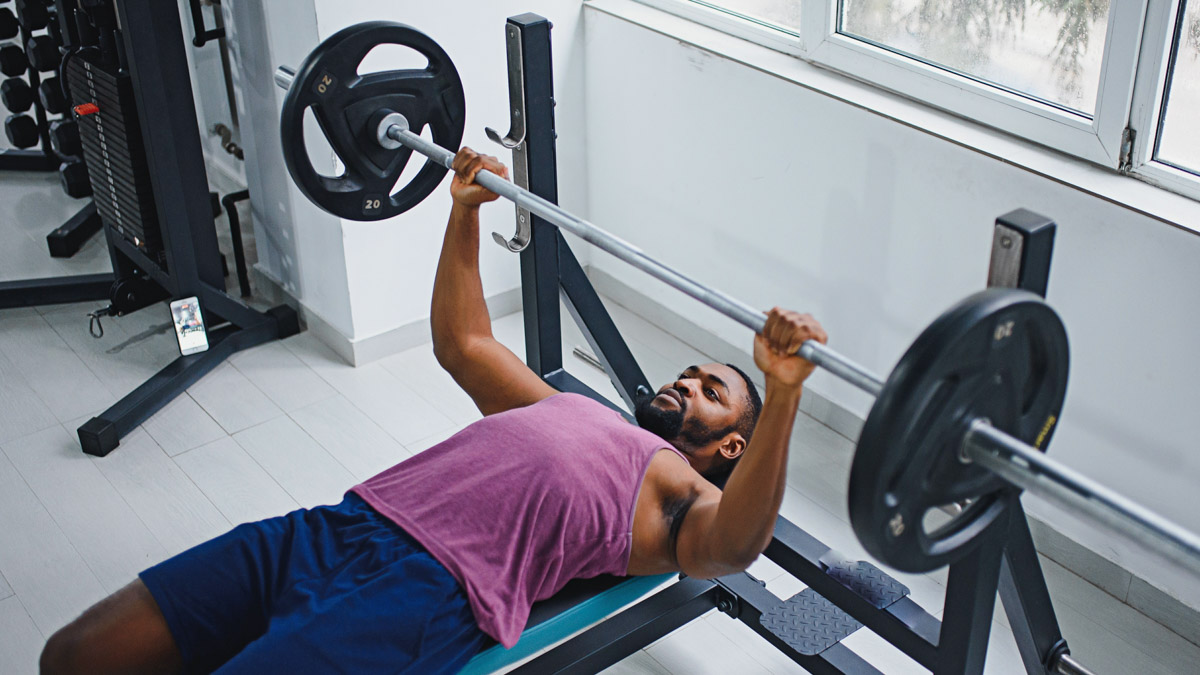What exactly is functional training and why is it a great option for triathletes? Functional training, as the name implies, is based on strengthening the specific muscles used in the complicated movements of our sport. Every discipline in triathlon necessitates movement in all three planes of motion (frontal, sagittal and transverse). But how much time do triathletes dedicate to working on strengthening these movements? The answer is usually not enough. Let’s break down each facet of triathlon and show why and how you can start training for movement, not muscle.
Functional Training For The Swim
The swim is a very different animal than the bike or run. The most glaring difference is not being able to use the ground to generate power and momentum. The swim is usually executed in the prone position with your core being the single biggest propellant for all your movements in the water. Keys to a strong, fast swim are core strength coupled with hip and shoulder stability. Together, these two strength components can streamline rotational forces and lessen incorrect movement patterns.
Key functional strength exercises for the swim include:
- Plank row
- Kettlebell swing
- Medicine ball push-ups
- Rotating one arm cable row
Functional Training For The Bike
When you break down what is happening with your body on the bike, it is basically a one-leg-at-a-time movement that propels you forward. Therefore, if you practice by training single leg strength, stability and power on the ground, it will translate to a more efficient and powerful pedal stroke. Additionally, you will need core strength for speed, balancing through turns, and to add stabilization in the side-to-side motion executed when climbing a nasty hill.
Key functional strength exercises for the bike include:
- Dumbbell squat to overhead press
- Lateral lunges with or without weight
- Variations on planks
- Single leg squats
Functional Training For The Run
Running was once thought to only be performed in the sagittal plane (forward motion). However, we now know there is a frontal plane movement due to weight shifting from one side to the other, as well as transverse movement through the torso when your shoulder and opposite hip link up. Since strength and stability through all three planes of motion are clearly present, it makes sense to train them equally. This will help your body endure the stress of weekly workouts, create efficient and strong movement patterns, and lessen any imbalances that may lead to injury.
Key functional strength exercises for the run include:
- Stability ball hip lifts
- Transverse cable twist
- Band resisted single leg step-ups
- Speed skaters
Train Overall Movements, Not Muscles
To give you a better idea of which exercises will allow you to train movements not muscles, world famous strength coach Mike Boyle created the below template that lists all of the major functional movements of the human body and how we should train them:
- Knee-dominant hip and leg pushing – squats, leg press
- Single leg knee-dominant hip and leg pushing – single leg squats, split squats, lunges
- Straight-leg hip extension – romanian deadlifts and single leg variations
- Bent-leg hip extension – barbell glute bridge, hip thrusts
- Horizontal Presses – bench press, push ups
- Vertical Presses – shoulder/military presses
- Horizontal Pulls – seated rows, bent over rows, hanging rows
- Vertical Pulls – pull-ups/chin-ups, pulldowns
Functional training has a unique way of maximizing strength output without risking overtraining. Therefore, by performing exercises based on components of explosiveness, acceleration/deceleration and stabilization in all three planes of motion, you are preparing your mind and body for the specificity of triathlon.









